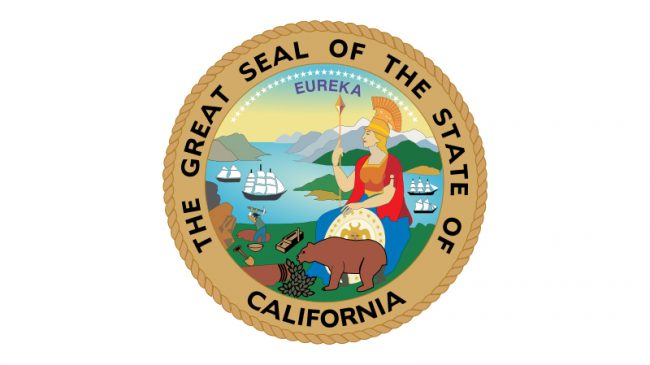A California Public Utilities Commission judge recommended last week that ride-booking company Uber be fined $7.3 million and suspended from operating in California because of claims the company has failed to provide documentation about where it is picking up passengers and concerns over whether “services are being provided in a nondiscriminatory manner enabling equal access to all.” This comes on the heels of the California Labor Commission’s Office recent ruling that an Uber driver was an employee, not a private contractor.
California’s latest attacks on Uber could have far-reaching repercussions for today’s sharing economy and are just the latest examples of how the state’s regulatory climate is strangling transportation innovation.
In 2013, the Labor Commission ruled that companies like Uber and rival Lyft carry commercial insurance policies requiring $1 million of coverage per incident, which is more stringent than the state’s insurance requirement for limousines. Last year, the commission declared that ride-booking drivers must maintain at least $50,000 of primary liability insurance, $100,000 for death and personal liability insurance, and $30,000 for property damage. Those figures are far beyond what regular drivers are required to carry.
In March, John Wayne Airport finally approved permits for Uber and Lyft drivers to pick up passengers at the airport. And at last, Los Angeles International Airport announced last week that it would do the same, though the companies won’t start picking up passengers until at least August.
Leap, a luxury bus service operating in San Francisco, suspended service earlier this year. After initially granting Leap “the authority to operate,” the CPUC reversed its decision and sent a cease-and-desist letter threatening the company with a $5,000 daily fine and imprisonment for operating without a license.
CPUC claims it shut down Leap because the company failed to provide documentation showing it had obtained liability, damage and workers’ compensation insurance and had drug tested its employees. Leap insisted it had provided the verification. But another issue may have played a role. Leap’s $6-per-ride bus service – which offered wireless Internet and food – was seen as threat to the city’s publicly operated MUNI bus system.
USA Today recently reported that Shuddle, a ride service that bills itself as “Uber for kids,” also received a cease-and-desist letter from CPUC because the agency views the company and its drivers as being in the child care industry, and “the company had not yet registered with TrustLine, a state agency that uses fingerprints to run background checks on those working in the child care field.”
State regulations governing how manufacturers can test self-driving vehicles are also Draconian. California says each vehicle must have a driver sitting in the seat able to take control of the vehicle. But in many vehicles there is no actual steering wheel, so even if something were to happen with the vehicle, the person sitting in the vehicle would be powerless to stop it. Further, the state says manufacturers must maintain $5 million worth of insurance, even if a company is only testing one car.
Bernard Soriano, deputy director of the California Department of Motor Vehicles, in July 2014 guaranteed a National Academy of Sciences audience that California would release regulations for the deployment of self-driving vehicles in a few weeks. Almost a year later, no regulations have been issued. To escape California’s current and pending regulations, makers of self-driving vehicles are moving their test facilities to Florida, Michigan and Nevada.
Onerous regulations on ride-booking, private buses and self-driving vehicles show how far behind the times California’s regulators and commissions are. This bureaucracy doesn’t merely hurt travelers; it crushes innovation and the economy. If California is going to create jobs and a modern transportation system, its regulators had better move into the 21st century – quickly.
Baruch Feigenbaum is a transportation policy analyst at Reason Foundation. This article originally appeared in the Orange County Register.

